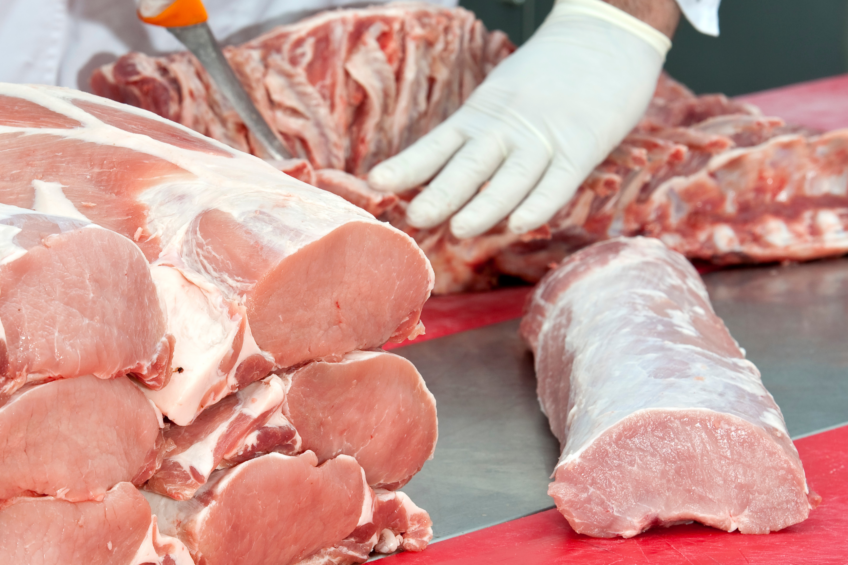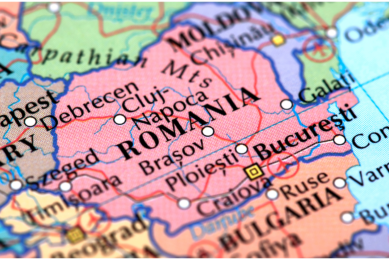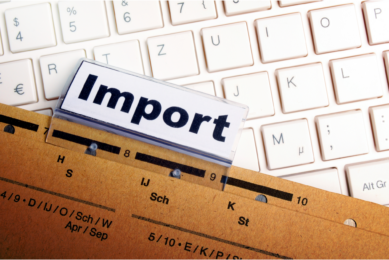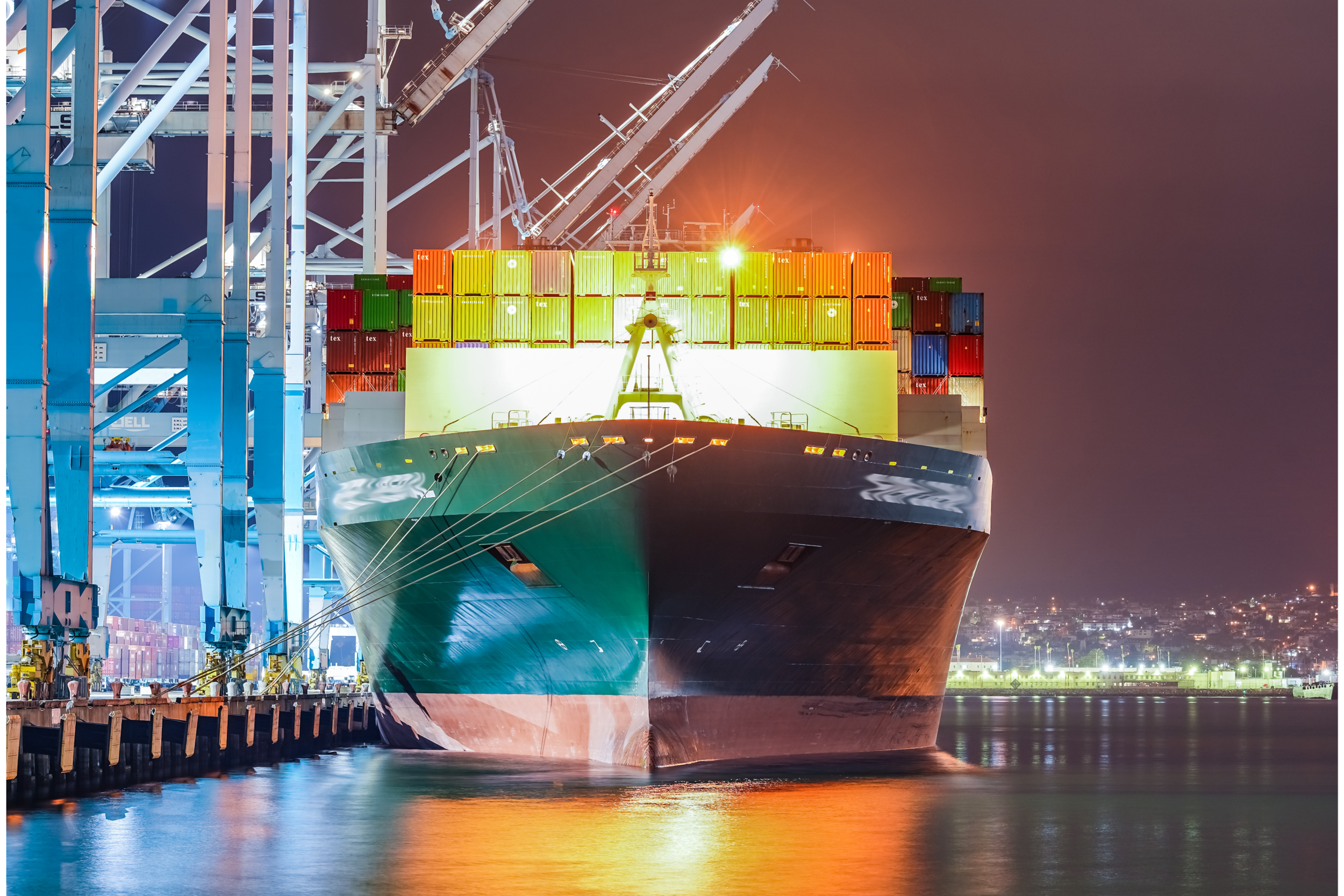Rabobank pork outlook 2025: Modest growth despite challenges

Pork producers are choosing a cautious and strategic approach to expansion, according to the latest RaboResearch report. On one hand production costs are expected to decline, but there continue to be animal health challenges as well as global trade uncertainties.
The report, which was released on February 12, stated that generally 2024 was a profitable for pork producers, but herd expansion was slow. Areas where production grew slightly were China, Brazil and Mexico, whereas decreases could be seen in the European Union (EU) as well as the US.
In a press release that was sent together with the report, Chenjun Pan, senior analyst – animal protein for RaboResearch, said that favourable production conditions are anticipated. Manageable feed grain prices and improved animal health are expected to support stable global pork supply, which is forecast to grow by less than 1% this year. Regional supply and demand balances will vary, with sufficient supply in the US, China, and Brazil, and tighter supply in the EU, Japan and the Philippines.
In China, hog prices are expected to fall in 2025 as production will be rising with demand being stable, the bank wrote. The situation in Brazil also jumped out with live hog prices in December 2024 being 31% higher than one year earlier.
Competitive prices boost pork consumption
In retail shops, in 2024 pork prices were lower than other meats. Pan said, “Lower feed costs and enhanced productivity have made pork more competitive, a trend likely to continue in 2025. Pork is well-positioned due to its reasonable pricing and availability, especially as beef prices remain high and poultry demand strong.”
Pork demand is expected to rise in North America and Brazil, where beef supply is tight, according to the bank’s calculations. Europe may experience seasonal price increases, while Asia sees price fluctuations, with downward pressure in China and South Korea, but strong prices in Japan and South East Asia.
Global trade faces high uncertainty
Mixed global import trends in 2024, with a decline in China and growth elsewhere, set the stage for 2025. The tariff policies by the new US president Donald Trump could significantly impact trade flows, the bank stated. Pan said, “High tariffs on imports from China, Mexico and Canada may lead to retaliatory measures affecting agricultural goods, including pork.”
The bank also points to geopolitical factors like a potential Ukraine-Russia ceasefire, adding uncertainty to grain prices, influencing pork production costs. Disease outbreaks, such as the recent Foot-and-Mouth Disease outbreak in Germany, would further complicate that trade landscape. In such a volatile market, participants along the supply chain may increase their focus on risk mitigation.
Technological innovation to address challenges
Animal disease outbreaks, including African Swine Fever and Porcine Respiratory and Reproductive Syndrome virus (PRRSv), continue to challenge production and exports. The pork industry and governments are investing in solutions like vaccination, biosecurity, and animal health products. At the same time, sustainability and animal welfare concerns are also driving the need for innovation. Investments in technology, including automation, digitalisation and artificial intelligence are increasing, the bank says. Many large-scale farms are already using sensors for disease diagnosis and monitoring.











